The new device does away with conventional filtration devices that use solely filter papers or membranes filters. It uses an intertwined web of nanocellulose fibers contained in a hydrogel film with a microporous membrane support.
Filtration Resources
- Friday, February 16, 2024
- Wednesday, November 15, 2023
A recent report by the World Health Organization (WHO) has revealed a concerning statistic: 90% of the global population finds themselves residing in environments where they are consistently exposed to heightened levels of air pollution. (1) This sobering reality has dire consequences, contributing to an annual death toll of 7 million people due to air pollution-related diseases.(1) The primary culprits in this health crisis are fine particulate matter, specifically particles measuring less than 10 micrometers (PM10) and 2.5 micrometers (PM2.5), which have the capability to infiltrate the human body, reaching as far as the brain, beyond their initial entry through the nose, leading to a myriad of health issues. Furthermore, these pollutants have an adverse impact on the environment.
- Wednesday, November 15, 2023
Solvent recovery is an effective way to help recycle and reuse solvents to reduce fresh solvent consumption. Solvent purification can be achieved efficiently using membrane technology, where a semi-permeable solvent resistant membrane allows the passage of one compound (mostly the solvent), while it retains others (mostly the solute).
- Wednesday, October 18, 2023
Exosomes are tiny extracellular vesicles enclosed by membranes, which are created in the endosomal compartment of most eukaryotic cells. They can be found in biological fluids such as blood, urine, and saliva, and are involved in multiple physiological and pathological processes.
- Wednesday, October 18, 2023
Sterlitech Polycarbonate Track Etch (PCTE) filters are known for offering the lowest non-specific binding of any filter membrane. Samples are captured on a flat, glass-like smooth surface with an even distribution of particles captured on a single plane, which makes microscopic and SEM examination of samples captured on the surface of the membrane easier.
- Friday, May 12, 2023
While there is currently a trend towards a more natural, unfiltered wine, filtration is broadly used by winemakers to improve the texture, clarity, and safety of wine. As we celebrate National Wine Day on May 25th, we thought we would take a closer look at membrane filtration in the winemaking process.
- Friday, February 17, 2023
Microplastics, tiny pieces of plastic measuring less than 5mm in diameter, are a growing concern due to their environmental persistence and negative impact on both environmental and human health. Microplastics originate from a wide range of industrial and consumer sources, including pharmaceuticals.
- Wednesday, January 18, 2023
Suspended solids and other solid substances in wastewater
All freshwater sources contain solid matter, which can either be in the form of suspended solids or dissolved solids. The total of both of these forms is referred to as total solids (TS), which is the total amount of dried residual matter remaining after the water is evaporated without first having been filtered.


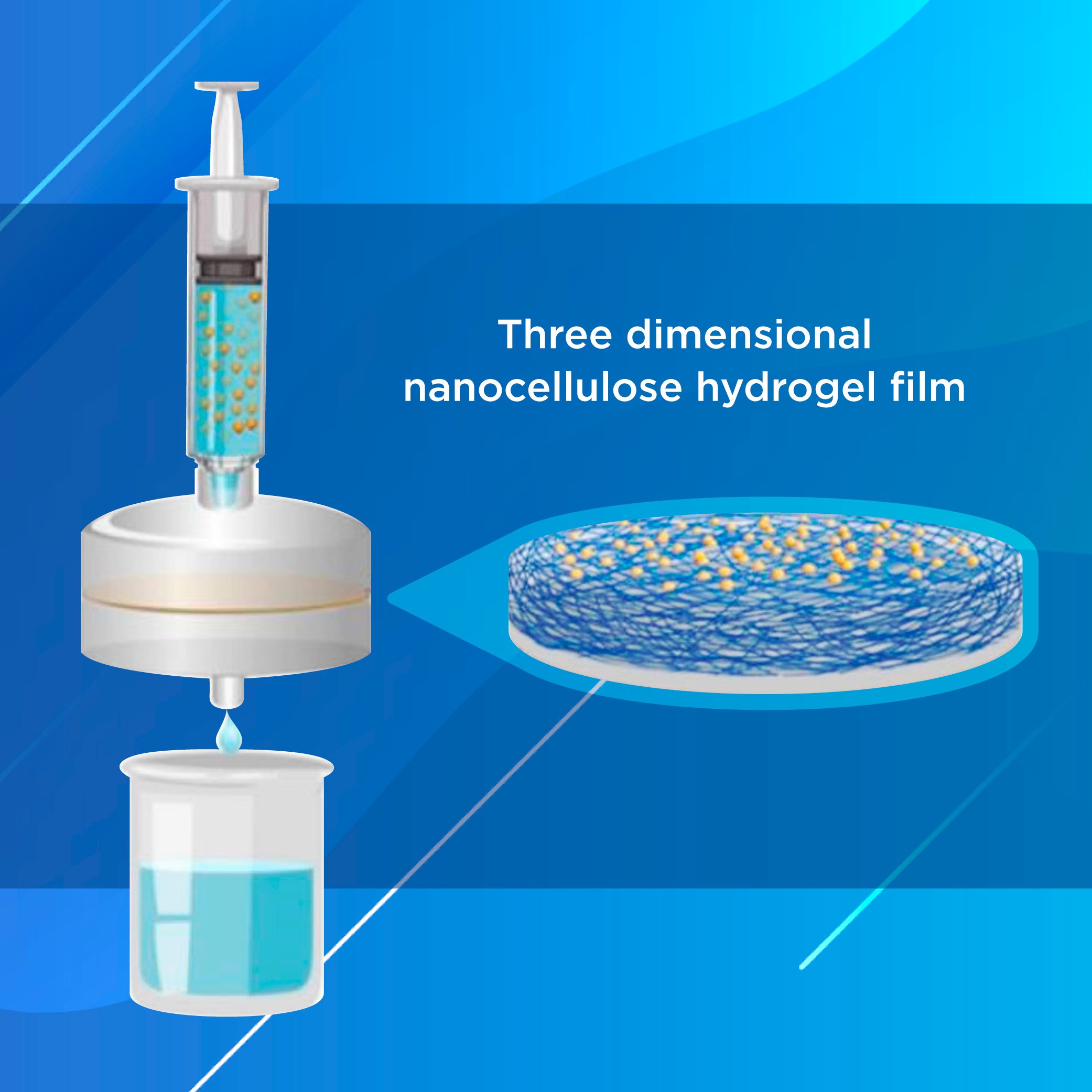
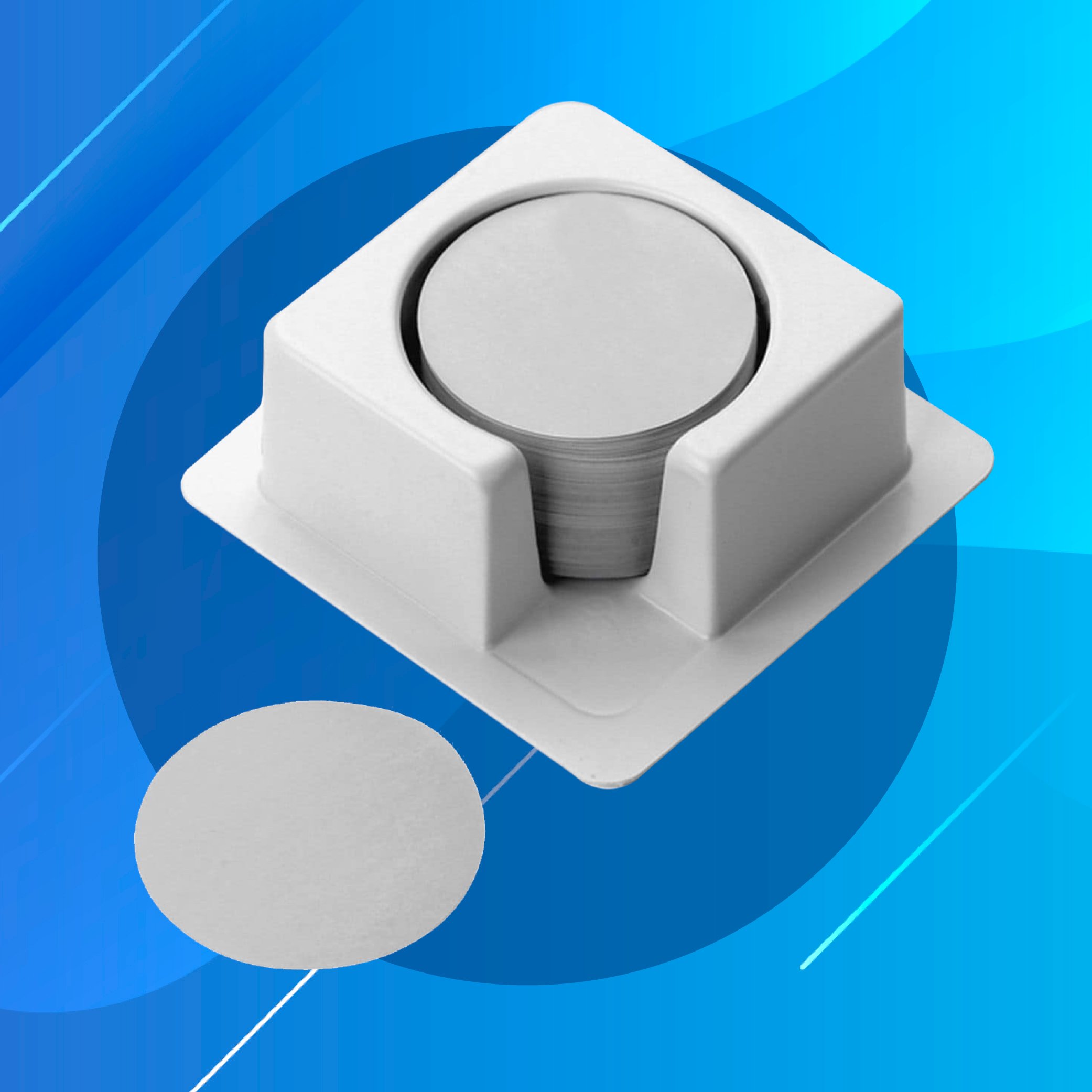
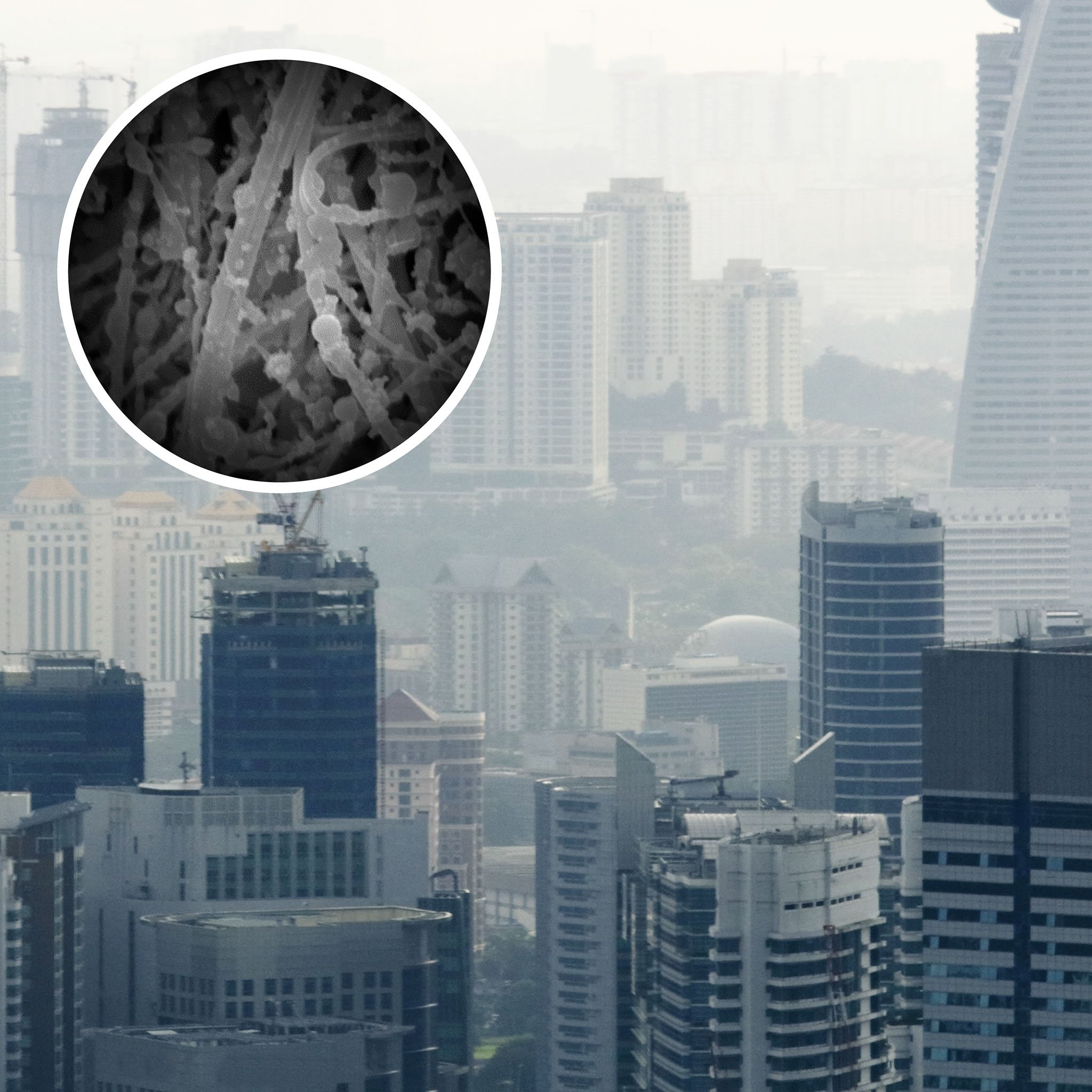
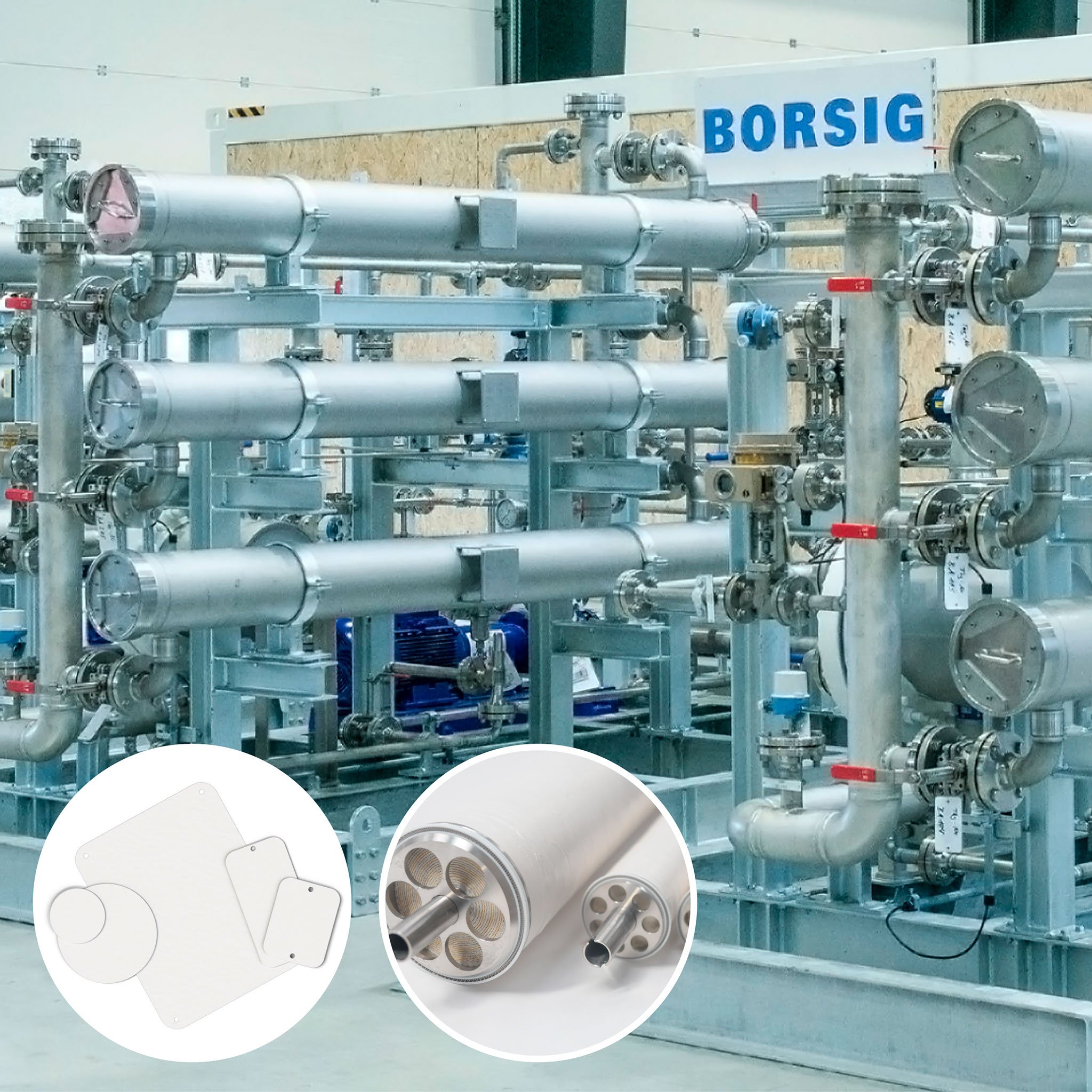


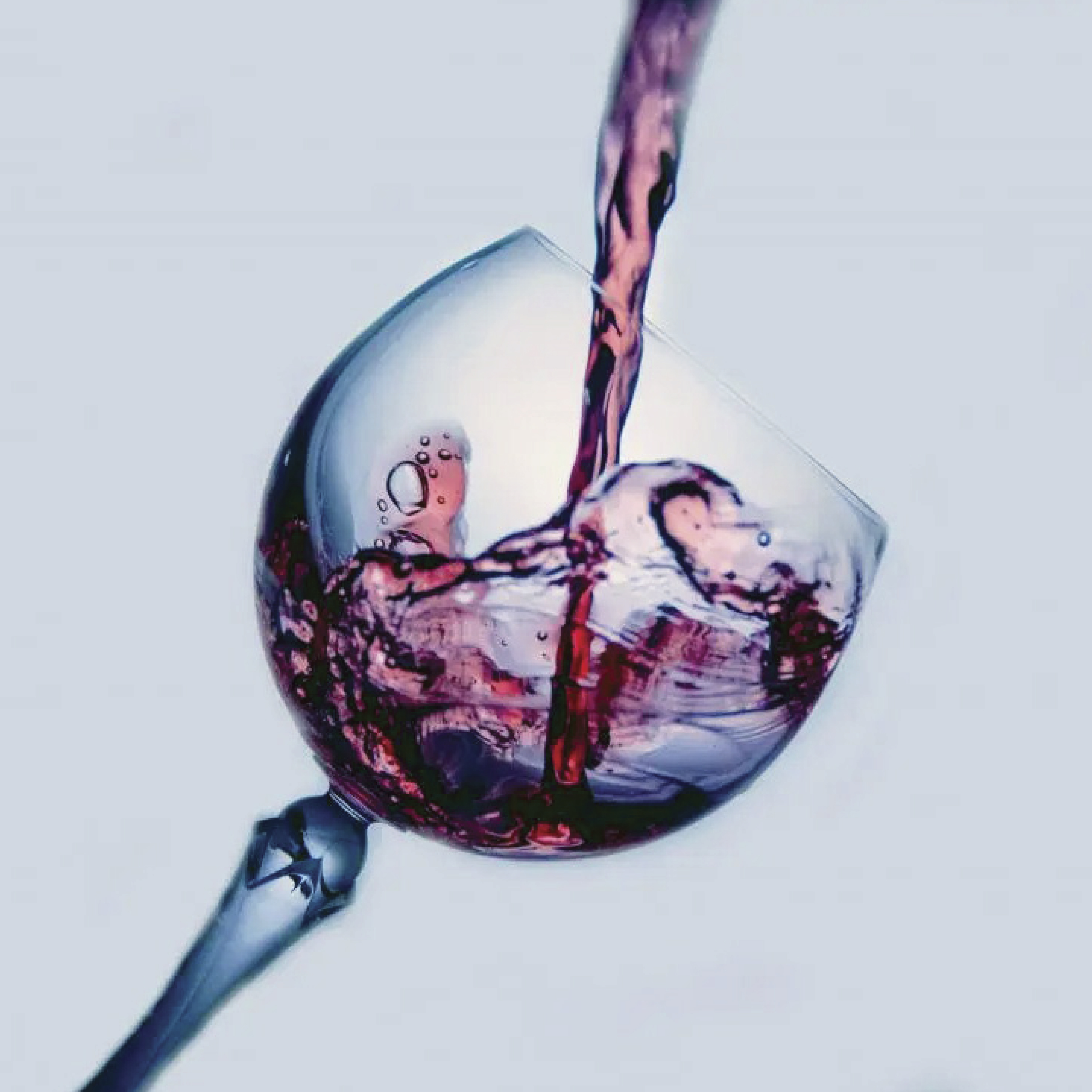
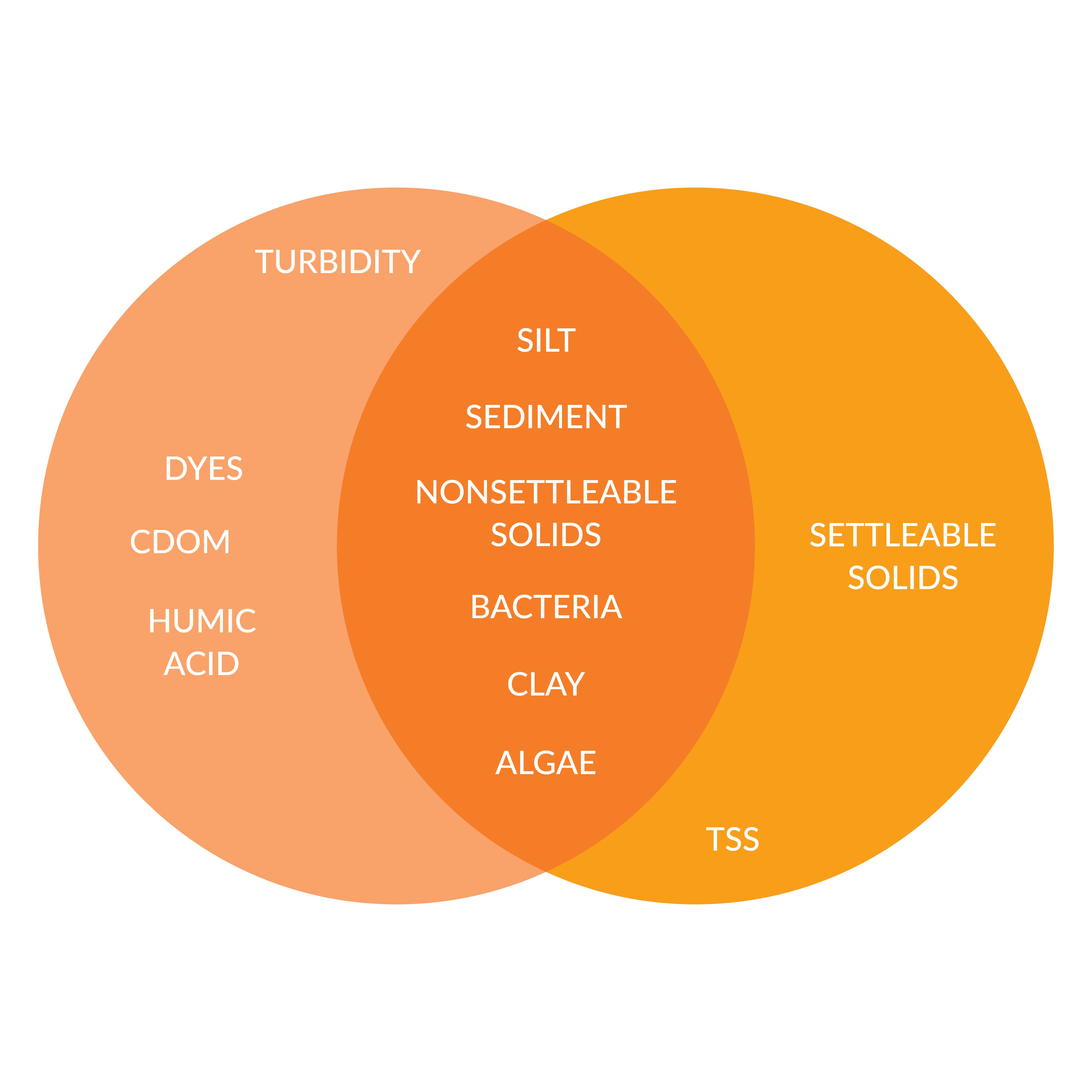
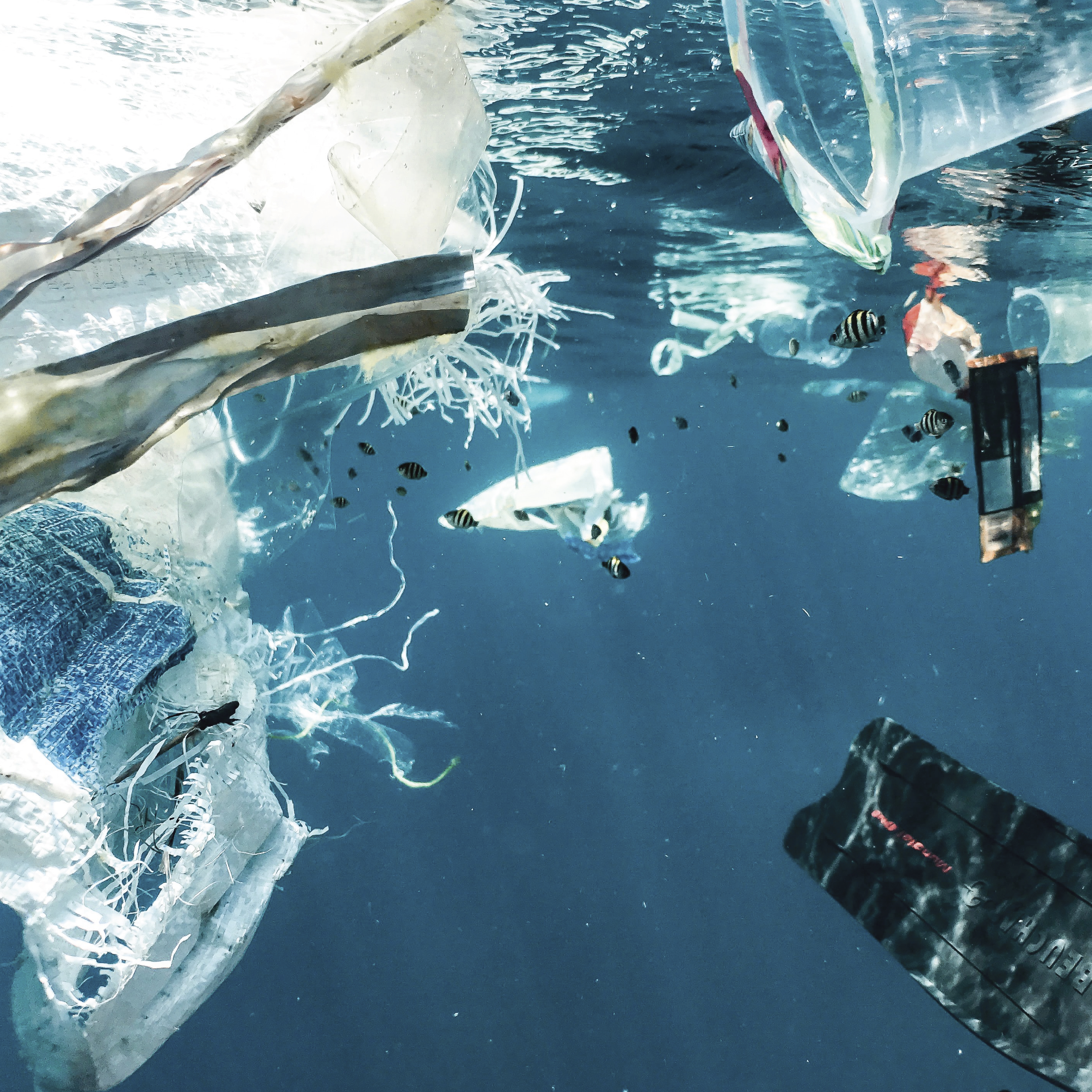
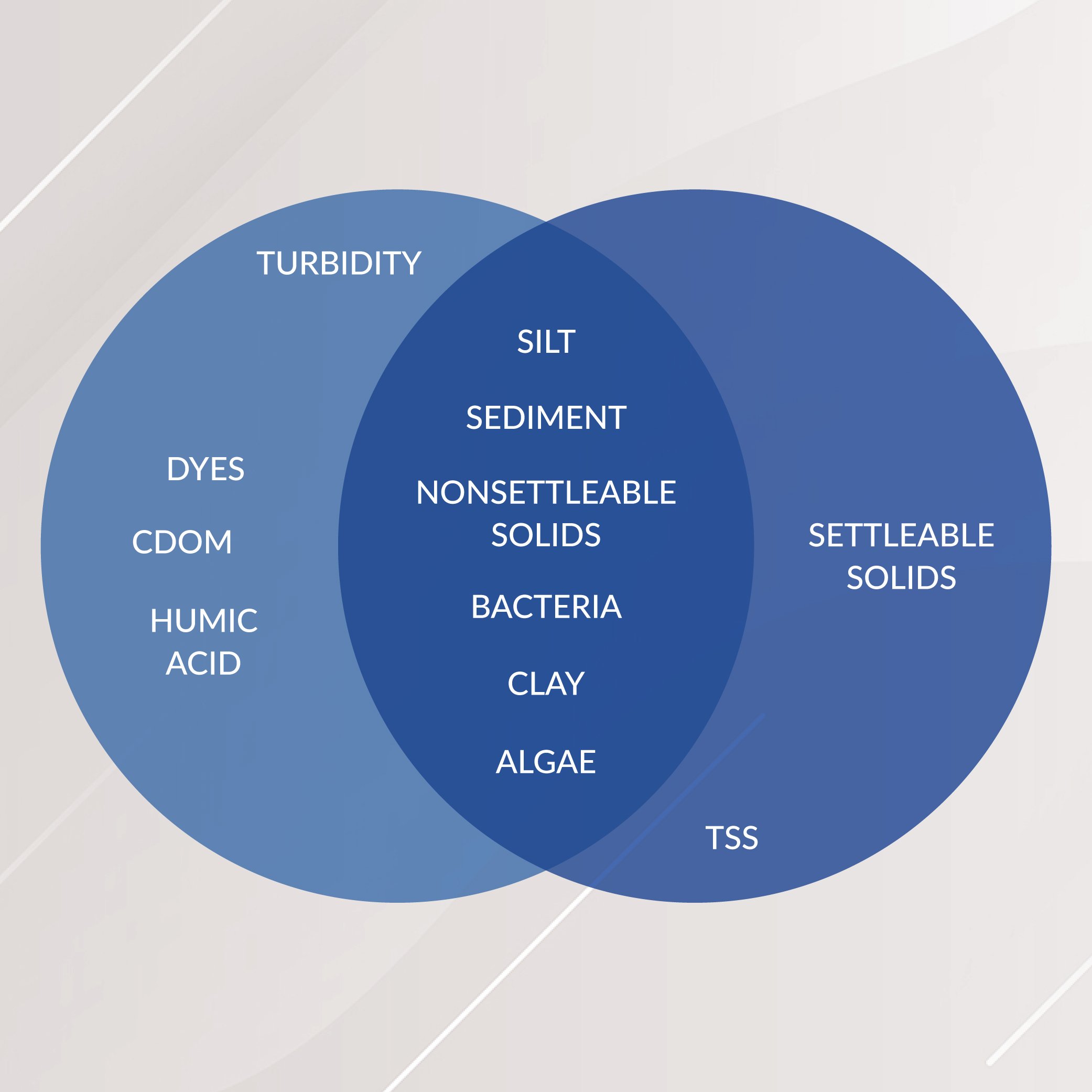
![Join Sterlitech at BIO 2024 [Booth #5558]: Exploring the Future of Biotechnology](https://www.sterlitech.com/media/magefan_blog/b4.jpeg)

